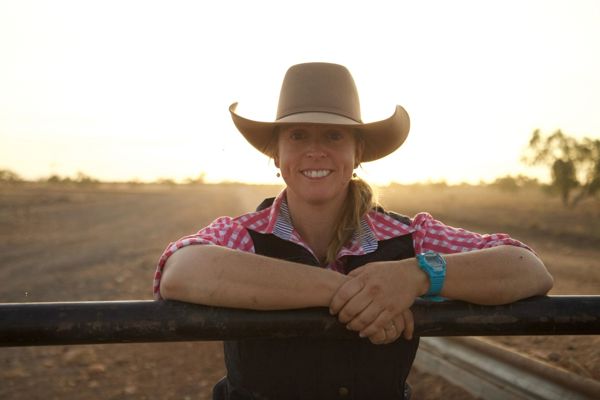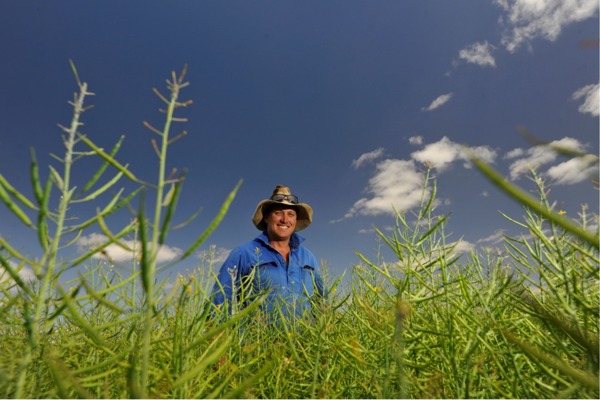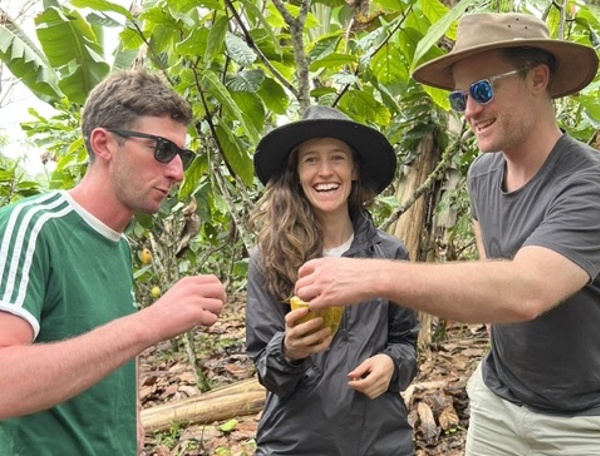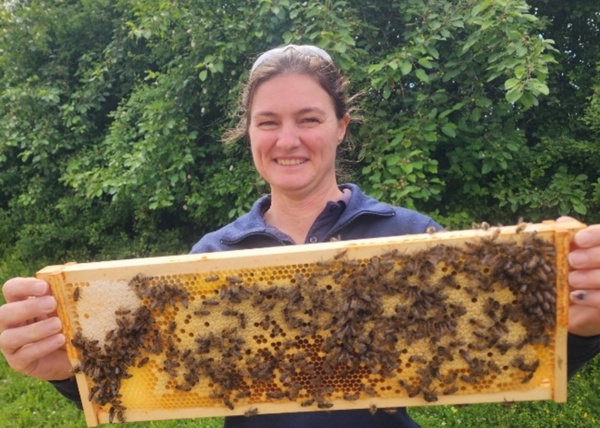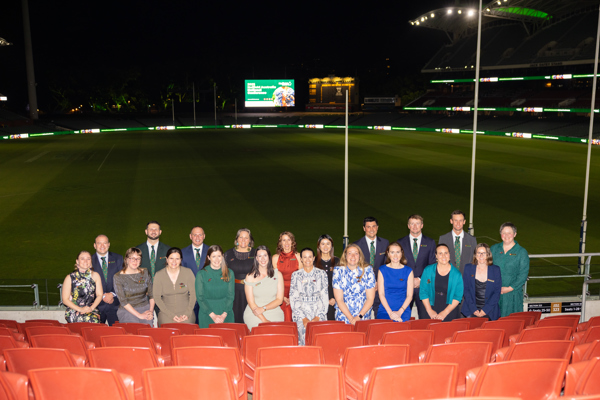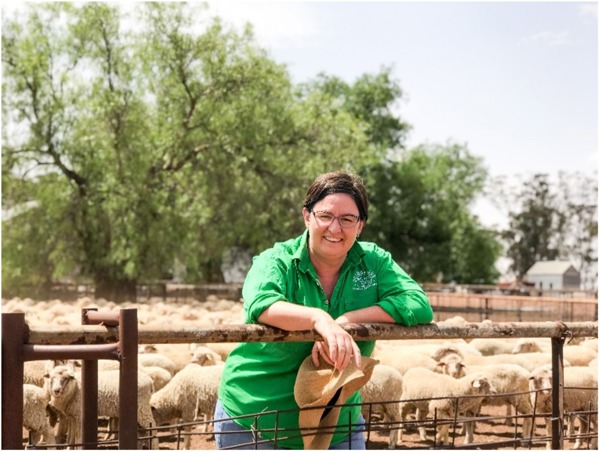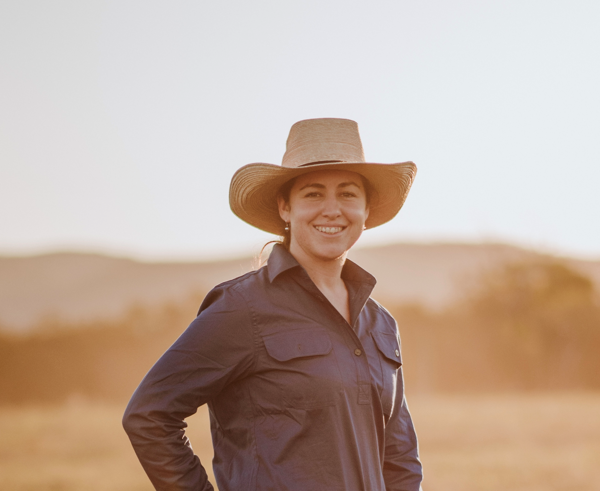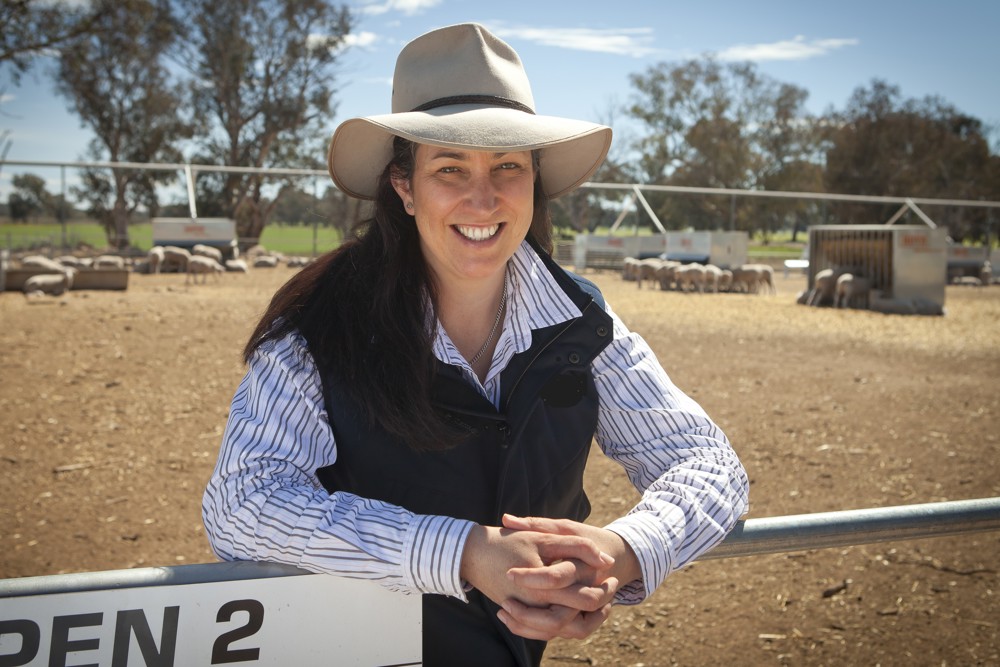
Strategic and effective supplementation of sheep: practical pathways to healthier flocks and better performance
“If we’re more precise about when and what we supplement, matching minerals and vitamins to pasture, season and animal stage, we can lift reproduction, lamb growth and wool quality while saving time and money.”
New South Wales sheep producer and livestock nutritionist Nicole Logg, 2023 Nuffield Scholar supported by Australian Wool Innovation Limited, has released new research that translates global best practice in mineral and vitamin supplementation into clear, on-farm strategies for Australian flocks.
Drawing on study travel across the USA, Europe and New Zealand, and interviews with scientists, vets and producers, Nicole’s report shows how targeted supplementation at critical times, pre-joining, pre-lambing and weaning, can improve fertility, lamb survival, growth and wool quality, particularly under heat stress and other environmental or metabolic pressures.“Measure to manage is not just a slogan. Combining soil, plant, blood and liver testing helps identify true deficiencies, or antagonists like high iron, and ensures we invest in the right supplement, at the right rate, for the right class of stock,” she says.
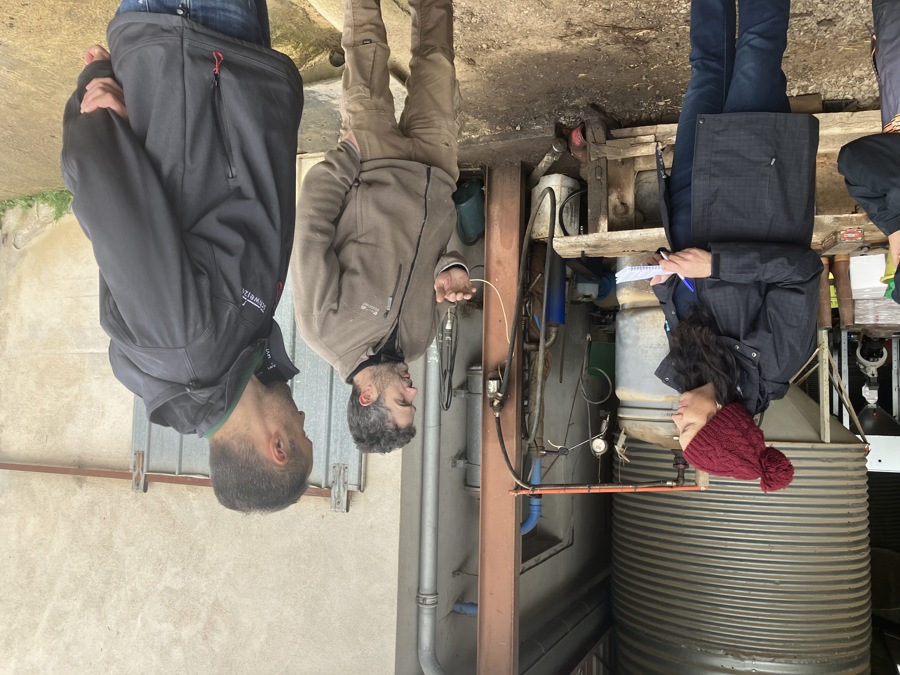
Nicole’s research highlights that timing is critical. Short, well-timed interventions, such as pre-joining and pre-lambing, deliver far better results than ad-hoc, year-round supplementation. By aligning the right nutrients with key reproductive and growth stages, farmers can improve animal health and performance without unnecessary cost.
She found that matching supplement type to pasture is equally important. For instance, sheep grazing lucerne often benefit from loose salt to support magnesium absorption, while brassica-based systems may require additional iodine or copper. These subtle but targeted adjustments can make a significant difference to productivity and animal resilience.
Diagnostics also emerged as a key factor. Routine soil and pasture testing, coupled with blood and abattoir liver sampling, enables more accurate, cost-effective decisions about when and what to supplement. This evidence-based approach helps farmers avoid both deficiency and over-supply.
Nicole also found that plant choice matters. Pastures incorporating herbs like plantain and chicory can naturally enhance mineral uptake and lamb growth, while native shrubs such as saltbush can provide valuable protein, energy and antioxidant nutrients, if balanced correctly with other feed sources.
Finally, she emphasises the importance of choosing supplement forms that suit individual operations. Whether injectables, drenches, boluses or lick blocks, each has benefits and limitations in terms of response time, payout period, labour efficiency and consistency of intake.
A long-term solution is to supply more nutrients with every mouthful of feed consumed. “That means designing pastures and shrub plantings that naturally deliver antioxidants and key minerals, and then fine-tuning with targeted supplements only when and where they’re needed.” Nicole says.
Nicole’s research contrasts rangeland systems in the USA, intensive, diagnostic-led systems in Europe, and pasture-based, testing-rich systems in New Zealand, identifying transferable practices for Australian conditions. These include adopting event-based mineral top-ups, aligning supplements with water and soil conditions, and introducing abattoir-based liver testing to simplify monitoring and reduce costs.
Nicole presented early findings at the 2025 Nuffield National Conference in Adelaide, and her full report, Strategic and effective supplementation of sheep, is now available.



